Is Special Agent Dale Cooper Actually Michael Bluth? An Investigation
Arrested Development is David Lynch's finest and freakiest work.

The name David Lynch is synonymous with dream logic. He’s the brains behind such illusive titles as Blue Velvet, Lost Highway, Mulholland Drive and Twin Peaks — narratives that swing from suburban familiarity to nightmarish surrealism with the click of a dwarf’s fingers.
Like dreams, Lynch doesn’t dally with conventional structure, pace and reason. But his baffling dialogue and bizarre symbology are laden with clues, if the viewer knows how to decode them. That’s why I think Twin Peaks’ Special Agent Dale Cooper and Arrested Development’s second-least favourite son Michael Bluth are one and the same person.
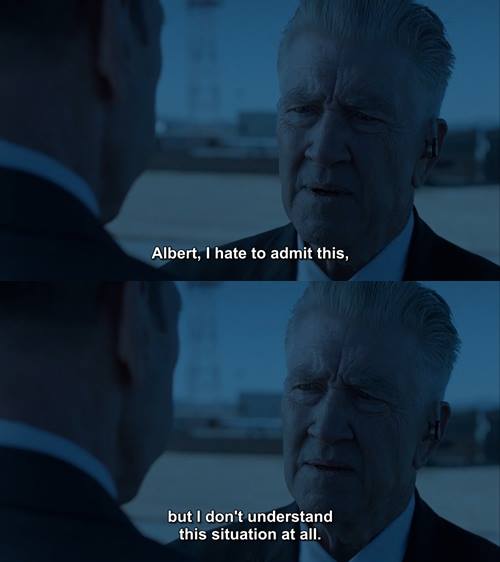
As Cooper himself explains, dreams can deliver potent messages. He relies on his subconscious for self-preservation. So what’s an FBI agent to do when a malevolent spirit from another dimension possesses his body and traps him in The Black Lodge? He psychologically dissociates.
But Coop’s psyche is strong. Despite his fugue state, his subconscious whirrs away. Preoccupied with his unfinished mission in Twin Peaks, he dreams of a man fighting to keep a family together. Like the residents of his adoptive home, this family’s exploits are — by turns — bizarre, funny, frustrating and terrifying. They have run-ins with the law, ever-shifting allegiances, a web of intersecting back-stories and too many secrets to keep track of. Sound familiar?

Arrested Development, like Twin Peaks, features a large ensemble cast lead by a determined, if flawed, hero. In the former, that brave man is Michael Bluth (who, for argument’s sake, is a psychological projection of the captive Dale Cooper). Both men are outsiders in their communities, forced to work with hapless, unreliable weirdos in order to solve a crime.
In both cases, the offence was committed by a father: Leland Palmer in Twin Peaks, and George Bluth Sr. in Arrested Development. Leland and George are both married to alcoholic women, rendered grotesque by their husbands’ sins and unable to effectively nurture their families. A cavalcade of jesters (Andy/Maebe), magicians (Tommy “Hawk” Hill/GOB), innocents (Lucy/George Michael), tricksters (Windom Earle/Gene Parmesan) and other archetypes also orbit the hero.
Sure, some of these narrative devices appear throughout Western storytelling. But there are many other commonalities, such as characters named after historical figures, and actors who play multiple roles:
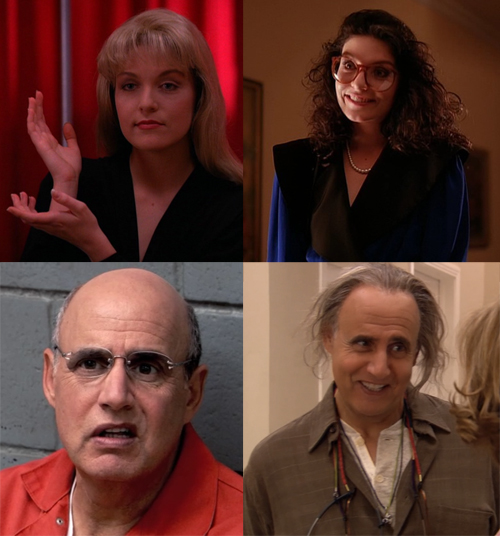
A one-armed man who bestows the hero with salient advice:

And that’s why you never take the ring.
A guy who grows his hair out when a host takes over his body:
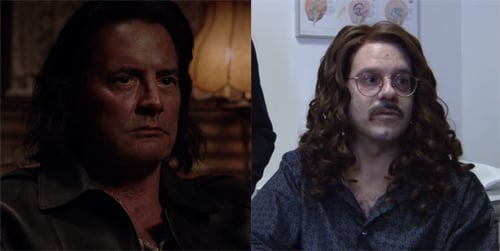
And a protagonist who overcomes the loss of his deceased love interest by falling specifically for:
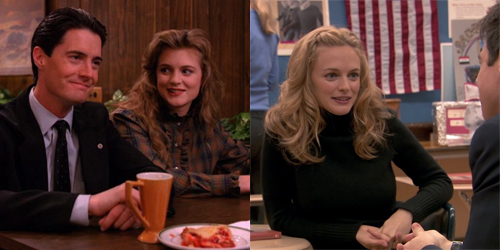
The Bluths live in Southern California (25 years staring at a chevron floor in extra-dimensional purgatory would have me dreaming of the beach too). Twin Peaks is nestled into Washington’s Pacific Northwest, only two states away. It’s a logging town, and the Bluths own a construction company — one that’s as corrupt as The Packard Sawmill.
Each time George Sr. upsets Michael with some nefarious deed, Michael announces that he’s moving to Phoenix — a city named for the mythological bird that dies on a fire, only to rise from the ashes. Is this Cooper’s sublimation of BOB’s avowal, “Fire, walk with me”?
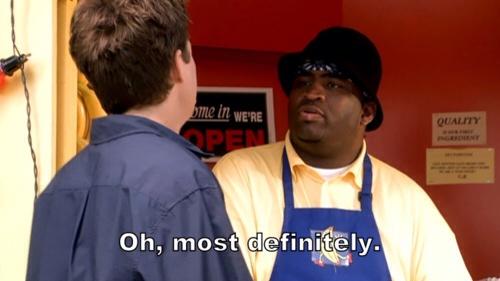
Fun fact: T-Bone (right) burns down the Bluth’s storage unit.
Like the townsfolk of Twin Peaks, the Bluths are fixated with fruity desserts: cherry pie and frozen bananas, respectively.
Animals are also significant in both shows, symbolising primal emotions like fear and anger. There’s the horse in Cooper’s dream and Buster’s loose seal; Waldo the bird, the one that walked on Buster’s pillow, and the ever-present season four ostrich; the owls (that aren’t as they seem) and:

Nobody on Arrested Development has seen a chicken because the Bluths don’t exist.
In Newport Beach, as in Twin Peaks, there’s always music in the air. Several characters have personalised themes, family bands form and perform, old-fashioned pop songs are used to exaggerate mood, and Quincy Jones is connected to both.
Twin Peaks and Arrested Development also build reflexive relationships with TV (and cinema) itself. They riff on existing genres (soap opera, police procedural, supernatural thriller) and programs (Happy Days, Night Court, My Mother the Car). They also invent titles that exist only within their own lore.
This creates a world that is at once familiar and disjointed. Could Les Cousins Dangereux actually refer to doomed doppelgängers Laura Palmer and Maddie Ferguson? Is it Lucy-George-Michael’s way of getting a message to Cooper who’s beset by psychosis?
Both shows (and, perhaps, this thesis) were misunderstood during their original runs. Prematurely cancelled, they went out on flip-the-bird finales that jibed at network TV executives who couldn’t cultivate the intricate plots and eccentric characters.
Thanks to later DVD and streaming releases, both shows have fostered cult followings and been renewed for additional seasons (Twin Peaks’ third season premiered on Monday, and Arrested Development just had its fifth commissioned).
If nothing else, both shows have grown into pop cultural monoliths. They’re now rightly seen as revolutionary titles. But if you still need convincing of the uncanny parallels, I give to you, Wally Brando:
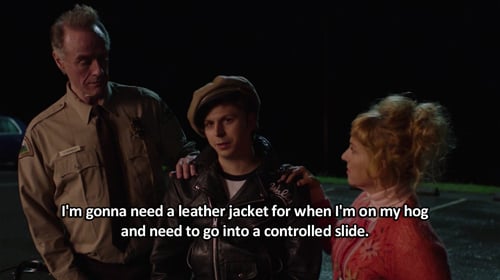
Case closed.
–
Aimee Knight’s words appear on and in The Big Issue, Little White Lies, The Lifted Brow, Kill Your Darlings, Broadly and more. Dancing on stage with Bruce Springsteen didn’t cure her anxiety, but it sure did help.